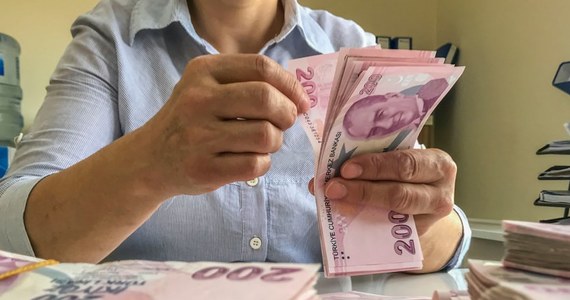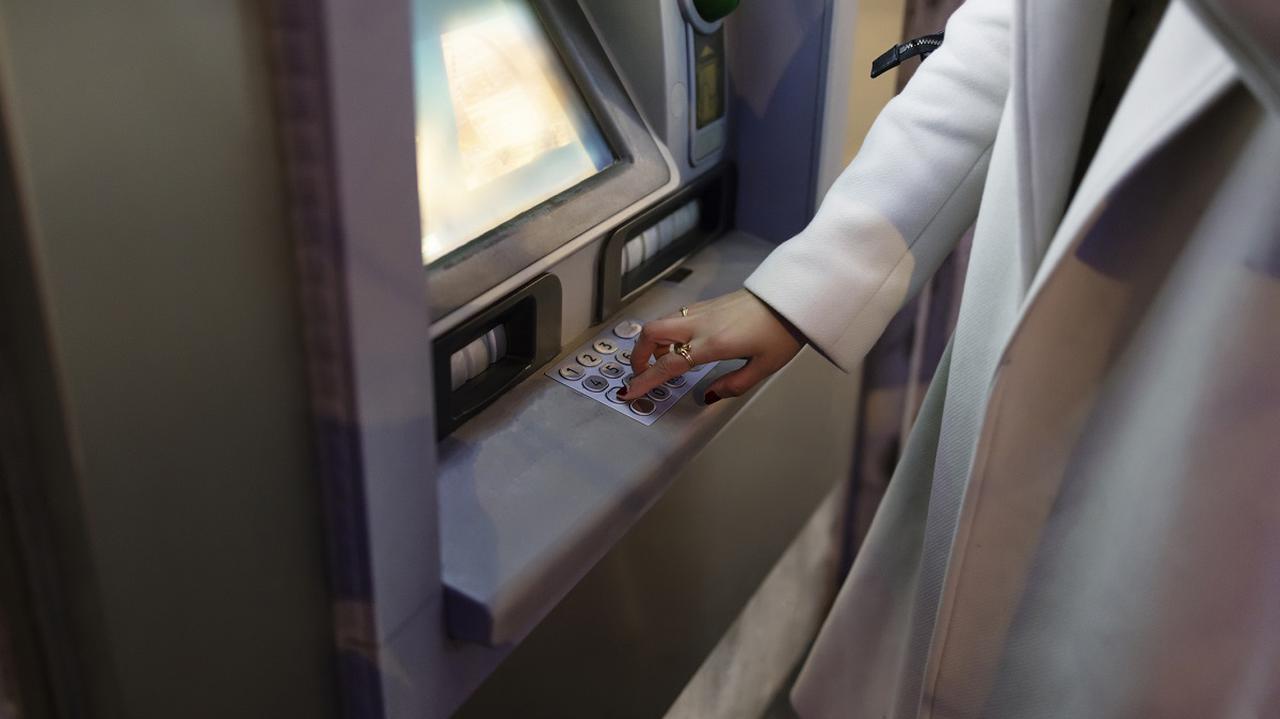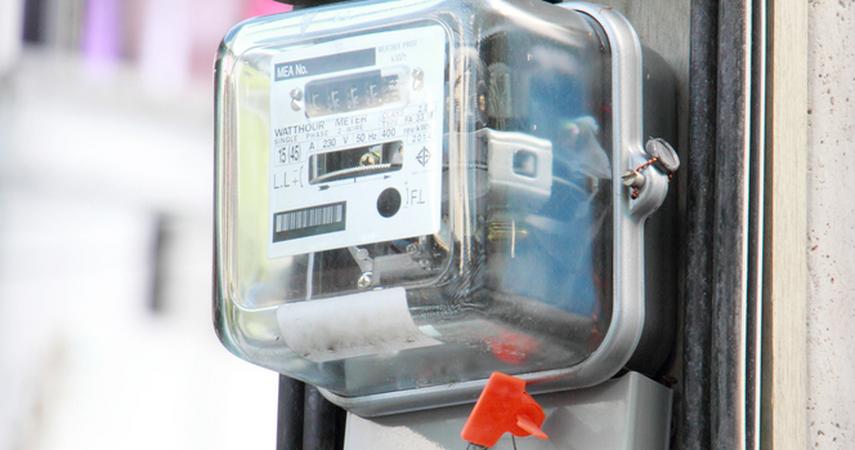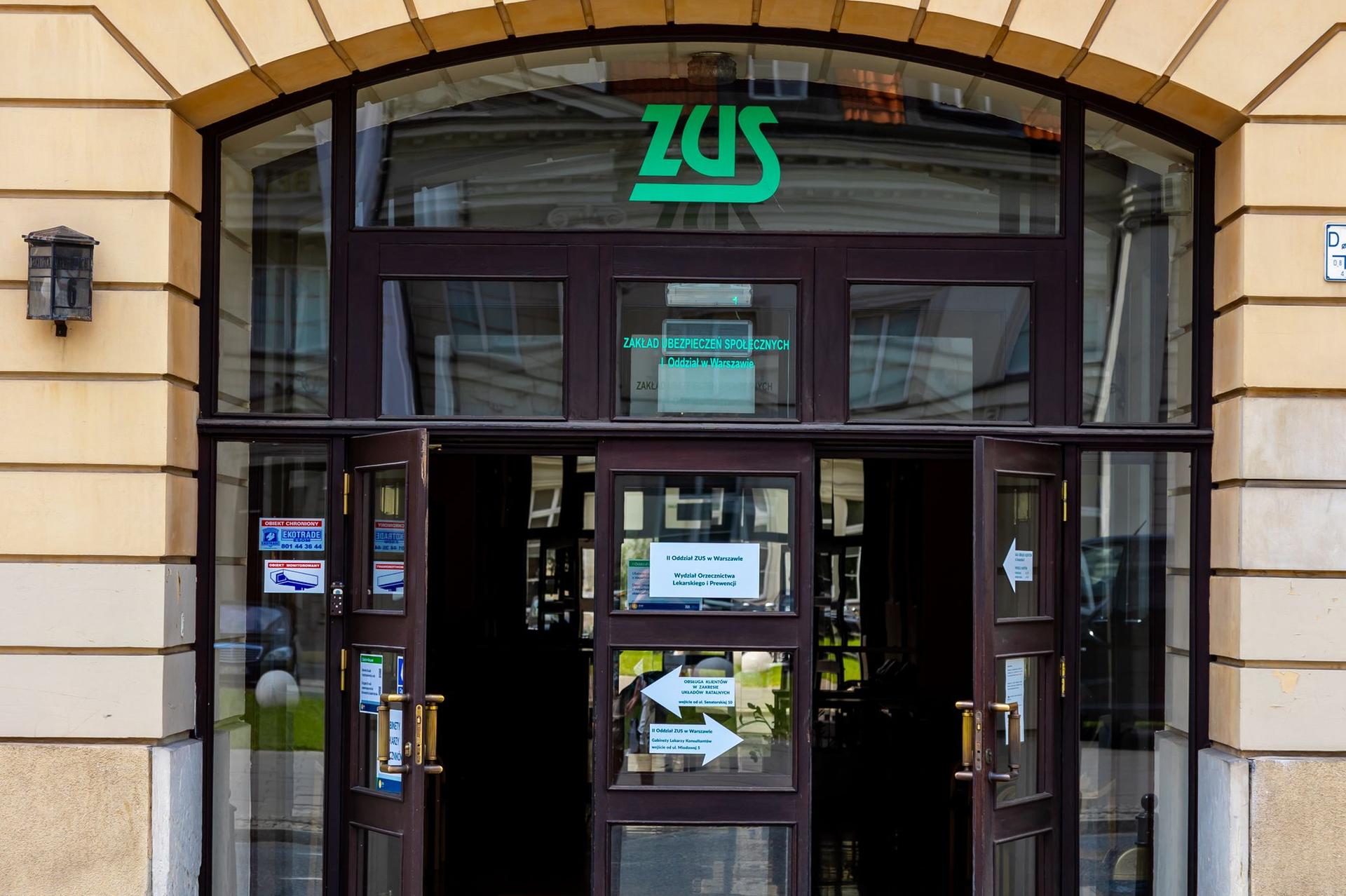Even at the beginning of September, the US dollar got below 8.30 liras, and today the price is above 14.60. Our Zloty is also very weak at the moment, but it has a unique opportunity to perform well against the background of the Turkish currency. Ten years ago, you had to pay almost 2 zlotys for the lira, and four years ago – 1 zloty. Today it costs 28 groszy.
The lira is regularly weakened by the country’s president, Recep Erdogan, who has forced the central bank to cut interest rates from 19 to 15 percent in recent months. Moreover, Erdogan announced that prices will continue to fall.
The president’s mission is to transform the Turkish economy into one that thrives on domestic production and exports. The cheaper money will increase production, create jobs and slow down consumer inflation, which is now four times higher than the official target of 5%. And the currency will finally strengthen – says Recep Erdogan.
In recent days, the president has bragged about the latest data on Twitter. – In November, our exports increased by 33.44 percent. per year, amounting to $21.5 billion. Exports on the balance sheet for the full year amounted to 221 billion US dollars. We will work harder, produce more and keep growing – the politician wrote.
The problem is that the Turkish central bank’s inflation target is 5 percent. It has been in effect since 2012. During this time, this has never been achieved. The last mission accomplished by the monetary authorities was in 2010, when inflation was 6.4%, while the target was 6.5%.
President Erdogan’s very original view that price growth dynamics can be curbed through interest rate cuts is called “the war for economic independence”. – We are trying to impose a policy of high interest rates. It is a model that destroys domestic production and perpetuates structural inflation by increasing production costs. We don’t want this vortex – Erdogan said. The president added that his country would not try to attract foreign capital at any cost, as that would leave the Turkish economy at the mercy of “hot money” or investments that can be withdrawn quickly.
– In the public opinion of global investors, President Erdogan’s economic policy is a complete “mistake” and the country may go bankrupt in 2022 – predicts Marek Rogalsky, an analyst at DM BOŚ.
In November, Turkey’s inflation rate rose from 19.9 percent. up to 21.3 percent and the result was higher than the expectations of analysts, who had expected “only” 20.7 percent. In just one month, prices rose 3.5%, more than the full-year inflation target for most advanced economies.
Even worse, producer inflation in Turkey in November was calculated as 54.6 percent. versus 46.3 percent in October, which was mainly related to more expensive raw materials and a weaker lira. It is hard to expect that such high inflation in producers will not affect the prices that consumers pay.
High-ranking officials of the Central Bank of Turkey are mainly the victims of the “war for economic independence” waged by Recep Erdogan. In March, the president dismissed the governor of the Bank of Turkey, which had significantly raised the interest rate two days earlier. In the fall, three other high-ranking central bank officials met the same fate. Recep Erdogan rejected them by decree because they did not want to agree to further rate cuts.
Noureddine Nabati, who served as Deputy Minister for the past three years, became the new Minister of Treasury and Finance. According to commentators, citing Bloomberg, Nabati is a close aide to Berat Albayrak, Finance Minister in 2018-20, and especially President Erdogan’s son-in-law.
– Our priority will not be higher interest rates. The new minister stressed that we want to increase investments, production and exports, and permanently eliminate chronic problems such as the current account deficit or external debt, and raise the level of employment and wages.
Jacek Brzeski

Echo Richards embodies a personality that is a delightful contradiction: a humble musicaholic who never brags about her expansive knowledge of both classic and contemporary tunes. Infuriatingly modest, one would never know from a mere conversation how deeply entrenched she is in the world of music. This passion seamlessly translates into her problem-solving skills, with Echo often drawing inspiration from melodies and rhythms. A voracious reader, she dives deep into literature, using stories to influence her own hardcore writing. Her spirited advocacy for alcohol isn’t about mere indulgence, but about celebrating life’s poignant moments.









